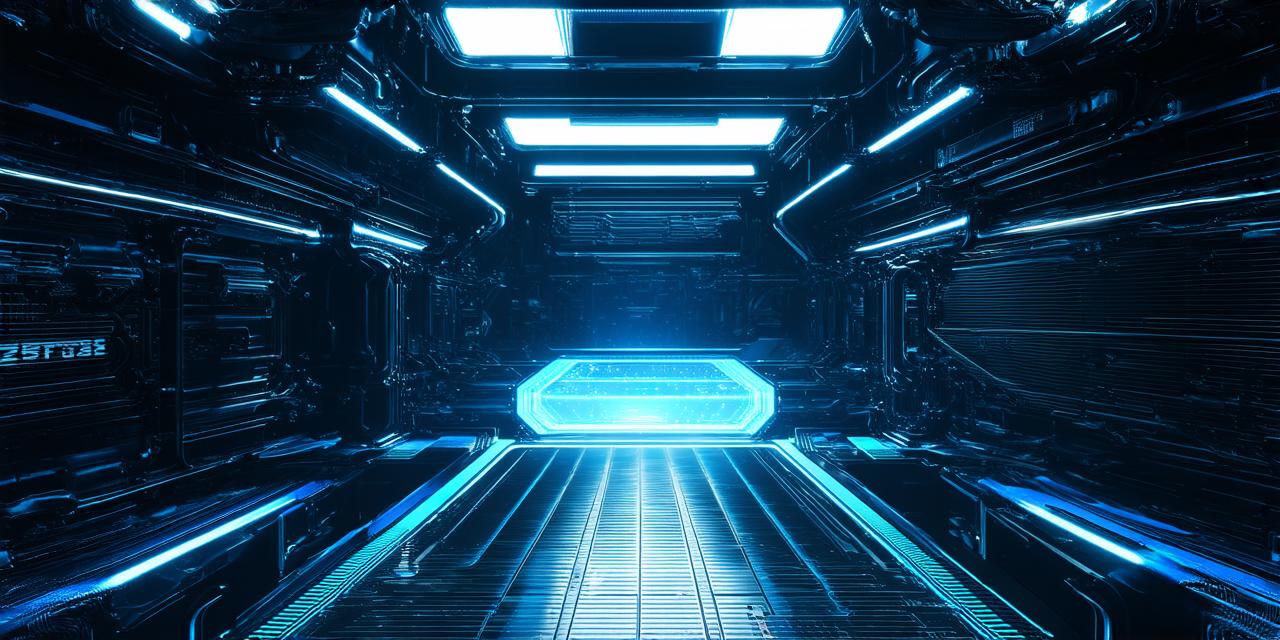Virtual reality (VR) development is an exciting field that’s rapidly growing in popularity. With VR, users can immerse themselves in a digital world and experience it as if they were really there. In this article, we will explore the benefits of using Godot for VR development.
Introduction
Godot is an open-source game engine that’s gaining traction among developers. It supports 2D and 3D graphics, animation, physics, audio, and more. But what sets Godot apart from other engines is its support for VR development.
Benefits of Using Godot for VR Development
Ease of Use
Godot is a user-friendly engine that makes it easy for developers to create VR experiences. It has an intuitive interface that’s designed to be easy to use, even for those with little or no experience in game development.
Cross-Platform Support
Godot supports multiple platforms, including Windows, macOS, Linux, iOS, Android, and web browsers. This means that developers can create VR experiences that work on a variety of devices, making it easier to reach a wider audience.
Performance
Godot is designed to be fast and efficient, which is especially important for VR development. VR experiences require high performance to avoid motion sickness and other issues that can arise when the user’s perception of reality doesn’t match up with their actual surroundings. Godot’s optimized rendering pipeline ensures that VR experiences run smoothly, even on lower-end hardware.
Built-In Physics Engine
Godot includes a built-in physics engine that allows developers to create realistic simulations of physical objects and interactions in the virtual world. This is especially important for VR development, where users expect to interact with virtual objects as if they were real. Godot’s physics engine can simulate everything from gravity and collisions to friction and elasticity, making it easy for developers to create realistic and engaging VR experiences.
Support for Multiple Input Devices
VR development requires support for multiple input devices, including hand controllers, motion tracking sensors, and headsets. Godot includes built-in support for a variety of input devices, making it easy for developers to integrate them into their VR projects. This allows users to interact with the virtual world in a more natural and intuitive way, improving the overall experience.
Built-In Shaders and Materials
Godot includes a library of built-in shaders and materials that allow developers to create realistic and visually stunning VR experiences. These include shaders for lighting, texturing, and reflections, as well as materials for creating a variety of surfaces and objects. This saves developers time and effort by providing them with a solid foundation to build upon.
Real-Life Examples
Google Expeditions
Google Expeditions is a VR app that allows users to explore the world through their smartphones or tablets. The app uses Godot as its base engine, and it has been praised for its smooth performance and ease of use.
VR Experience by Unity3D
Unity3D is a popular game engine that’s often used for VR development. However, they also created an interactive VR experience called “VR Experience” using Godot as the base engine. The app allows users to explore an abstract virtual world and manipulate objects within it. Unity3D chose Godot because of its ease of use and cross-platform support, which made it easy for them to reach a wider audience.
VR Training by PwC
PwC is a global consulting firm that uses VR technology for training purposes. They created a VR training program for their employees using Godot as the base engine. The program allows employees to simulate real-world scenarios and practice their skills in a safe and controlled environment. PwC chose Godot because of its built-in physics engine, which allowed them to create realistic simulations of physical objects and interactions.
FAQs
What is VR development?
VR development involves creating experiences for users to explore and interact with in a virtual reality environment. This can include games, educational programs, and other immersive experiences.
How does Godot support VR development?
Godot includes built-in support for VR input devices, shaders, and materials that allow developers to create realistic and engaging VR experiences. It also has cross-platform support and an intuitive interface that’s easy to use, even for those with little or no experience in game development.
What are some real-life examples of VR experiences created using Godot?
Some real-life examples include Google Expeditions, VR Experience by Unity3D, and VR training programs by PwC. These experiences showcase the versatility and potential of VR development using Godot.
What are some benefits of using Godot for VR development?
Some benefits include ease of use, cross-platform support, performance, built-in physics engine, support for multiple input devices, and built-in shaders and materials. These features make it easy for developers to create engaging and immersive VR experiences.
Conclusion
Virtual reality development is an exciting field that’s rapidly growing in popularity. Godot is a powerful and versatile game engine that’s gaining traction among developers due to its support for VR development. With its ease of use, cross-platform support, performance, built-in physics engine, support for multiple input devices, and built-in shaders and materials, Godot provides developers with everything they need to create engaging and immersive VR experiences.
